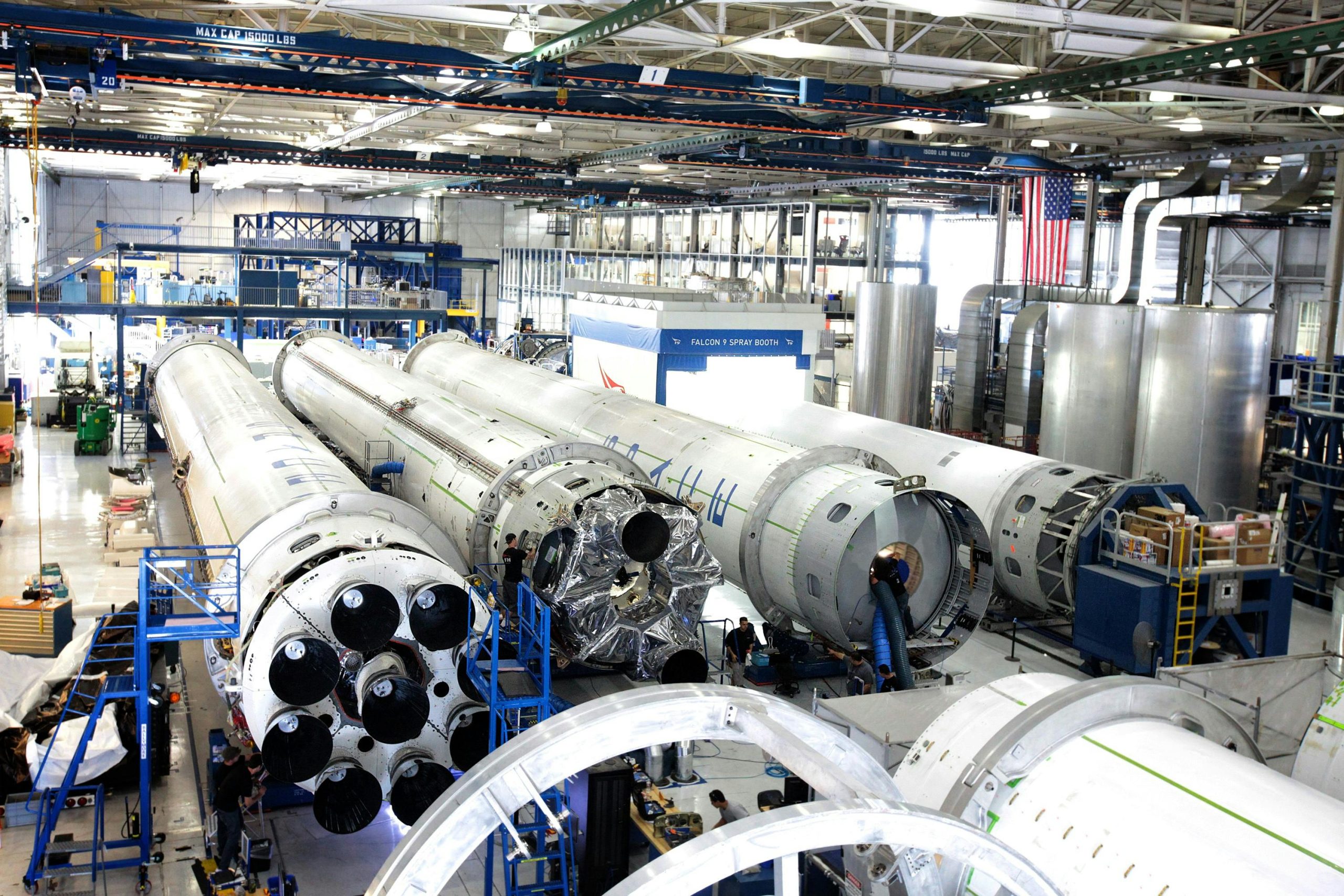Understanding the Future of Transportation in Australia

Australia’s transportation landscape is on the brink of a revolution. With a robust network of roads, railways, and air routes, the country is well-poised for transformative changes. Emerging trends, such as autonomous vehicles, electric transportation, and smart infrastructure, are set to redefine mobility. These innovations promise to enhance efficiency, reduce carbon footprints, and improve the overall travel experience.
Emerging Trends in Transportation Technology and Infrastructure
The advent of electric vehicles (EVs) and autonomous driving technology is not just a glimpse into the future; it’s the reality knocking on our doors. Australia is witnessing a surge in EV adoption, supported by expanding charging infrastructure. Simultaneously, trials for autonomous vehicles signal a shift towards smarter, self-navigating transportation systems. These developments are underpinned by digital infrastructure, enabling real-time data exchange and smarter city planning.
The Impact of Government Policies and Investments
Government policies and investments play a pivotal role in shaping the future of transportation. Initiatives aimed at reducing greenhouse gas emissions have accelerated the adoption of green technologies. Investment in public transport infrastructure is enhancing connectivity and accessibility, making cities more livable. Furthermore, funding for research and development in cutting-edge technologies underscores a commitment to innovation. These strategic moves not only support sustainable development but also open avenues for investment in the transportation sector of tomorrow.
As we stand on the cusp of this exciting evolution, the future of transportation in Australia looks promising. It offers a unique blend of opportunities for investors, entrepreneurs, and the public sector to collaborate and drive progress. Embracing these changes with open arms and strategic foresight could well place Australia at the forefront of global transportation innovation.
Identifying Investment Opportunities in Electric Vehicles (EVs)

The electric vehicle (EV) market in Australia is accelerating at an unprecedented pace. This surge is fuelled by a combination of consumer demand for cleaner, more sustainable transportation options and significant advancements in EV technology. The landscape is ripe with opportunities for savvy investors looking to capitalise on the future of transportation. Among the key players shaping the Australian EV industry are pioneering startups and established automotive giants, each vying to dominate this burgeoning market. Their efforts are complemented by robust government incentives designed to encourage EV adoption. These incentives, ranging from tax breaks to subsidies for purchasing EVs, have a dual effect. They not only make electric vehicles more accessible to the average consumer but also create a fertile ground for investments in the sector. The impact of these government policies cannot be overstated. They serve as a catalyst, propelling the EV market forward and positioning Australia as a leader in the global shift towards electric transportation.
- Growth of the EV market in Australia is driven by consumer demand and technological advancements.
- Key players include both startups and established automotive companies.
- Government incentives play a crucial role in encouraging EV adoption and investment.
As the EV market continues to expand, the opportunities for investment grow alongside it. The combination of innovative industry players and supportive government policies creates a compelling case for investing in the future of transportation. With the right strategic approach, investors can not only contribute to a greener planet but also achieve substantial returns. The time to act is now; the future of transportation in Australia is electric.
The Role of Renewable Energy in Transportation

Transitioning to renewable energy sources for transportation is not just a trend; it’s a necessity. As we delve deeper into the era of electric vehicles (EVs), the spotlight turns to solar and wind energy projects. These renewable sources are pivotal in supporting the burgeoning EV market, offering a cleaner, more sustainable alternative to fossil fuels. The investment opportunities in solar and wind energy projects are vast and varied, ranging from large-scale farms to smaller, community-based initiatives. These projects not only fuel the transportation sector’s shift towards sustainability but also promise attractive returns for forward-thinking investors. The impact of renewable energy on reducing transportation’s carbon footprint is profound. By harnessing the power of the sun and wind, we can significantly cut emissions, paving the way for a cleaner, greener future. This transition not only aligns with global sustainability goals but also positions Australia as a leader in the fight against climate change.
- Renewable energy sources are crucial for the sustainable transition of the transportation sector.
- Investment in solar and wind energy projects offers lucrative opportunities and supports the EV market.
- Renewable energy significantly reduces transportation’s carbon footprint, contributing to a greener future.
Investing in Public Transportation Infrastructure

Australia’s journey towards an integrated, efficient public transportation system is gaining momentum. The nation’s commitment to enhancing rail, bus, and tram networks presents a golden opportunity for investors. With several future projects on the horizon, the landscape is ripe for transformative investments. Rail infrastructure, in particular, stands out as a promising area, with plans to expand urban and intercity connections. Similarly, bus and tram systems in major cities are set for upgrades and expansions, aimed at improving service frequency and coverage. This evolution is not just about moving people; it’s about shaping cities that are more connected, sustainable, and livable.
- Rail, bus, and tram infrastructure offer robust opportunities for investment.
- Future projects aim to enhance connectivity and service quality.
- Public-private partnerships play a crucial role in driving infrastructure expansion.
Public-private partnerships (PPPs) are at the heart of this transformative journey. By leveraging the strengths of both sectors, PPPs facilitate the development of world-class transportation infrastructure. These collaborations not only accelerate project delivery but also ensure that the public benefits from improved services sooner. For investors, PPPs represent a pathway to contribute to Australia’s transportation future while achieving sustainable returns. As the country moves forward, the synergy between public initiatives and private investment will be pivotal in realising the vision of a modern, efficient public transportation system.
The Potential of Autonomous Vehicles and Advanced Technologies

The horizon of Australia’s transportation is being redrawn by the advent of autonomous vehicles and advanced technologies. These innovations are not merely enhancing the way we travel; they are reshaping the urban landscape and creating new paradigms for investors and city planners alike. The development of autonomous vehicle technology in Australia is accelerating, driven by a conducive ecosystem of tech startups, automotive giants, and supportive government policies. This burgeoning sector presents a fertile ground for investors, offering a glimpse into a future where transportation is safer, more efficient, and environmentally friendly.
- Legal and regulatory considerations are paramount for investors, with ongoing developments aimed at creating a supportive framework for autonomous vehicles.
- The impact of advanced transportation technologies extends beyond the roads, influencing urban planning and real estate. Smart cities, with their interconnected transportation systems, promise enhanced livability and sustainability.
- Investing in this sector requires a forward-thinking approach, with a focus on long-term benefits and the transformative potential of these technologies.
As we navigate through these exciting changes, the role of advanced transportation technologies in urban development cannot be overstated. They offer a unique opportunity to redefine cityscapes, making them more accessible and environmentally sustainable. For investors, the message is clear: the future of transportation in Australia is not just about vehicles but about creating smarter, more connected communities. Embracing this vision with strategic investments in autonomous vehicles and related technologies could set the stage for a new era of urban mobility.
The Importance of Sustainable and Active Transportation

Investing in cycling and walking infrastructure presents a golden opportunity for forward-thinking investors. These sustainable transportation options are not just beneficial for the environment; they also play a crucial role in urban development. Government and community initiatives are instrumental in promoting active transportation, creating a healthier, more vibrant urban landscape. The benefits of such investments are manifold, including reduced traffic congestion, lower pollution levels, and enhanced public health. Moreover, sustainable transportation options contribute to a more livable city, attracting residents and businesses alike. This, in turn, can drive up property values and stimulate economic growth. By investing in cycling and walking infrastructure, investors can contribute to the creation of sustainable cities, while also capitalising on the growing demand for green and active transportation solutions. The role of government and community initiatives cannot be overstated, as they provide the necessary support and funding to bring these projects to life. Together, these efforts pave the way for a brighter, greener future in urban development.
- Investment in cycling and walking infrastructure offers significant benefits for urban development.
- Government and community initiatives play a key role in promoting active transportation.
- Sustainable transportation options enhance livability, driving economic growth and property values.
The Importance of Sustainable and Active Transportation
Investing in cycling and walking infrastructure presents a golden opportunity for forward-thinking investors. These sustainable transportation options are not just beneficial for the environment; they also play a crucial role in urban development. Government and community initiatives are instrumental in promoting active transportation, creating a healthier, more vibrant urban landscape. The benefits of such investments are manifold, including reduced traffic congestion, lower pollution levels, and enhanced public health. Moreover, sustainable transportation options contribute to a more livable city, attracting residents and businesses alike. This, in turn, can drive up property values and stimulate economic growth. By investing in cycling and walking infrastructure, investors can contribute to the creation of sustainable cities, while also capitalising on the growing demand for green and active transportation solutions. The role of government and community initiatives cannot be overstated, as they provide the necessary support and funding to bring these projects to life. Together, these efforts pave the way for a brighter, greener future in urban development.
- Investment in cycling and walking infrastructure offers significant benefits for urban development.
- Government and community initiatives play a key role in promoting active transportation.
- Sustainable transportation options enhance livability, driving economic growth and property values.
Navigating the Risks and Rewards of Transportation Investments

Investing in transportation is akin to embarking on a journey with both potential rewards and risks. Financial risks loom large, stemming from economic fluctuations, regulatory changes, and technological advancements. Yet, the savvy investor knows that understanding these risks is the first step towards mitigating them.
Strategies for risk mitigation are manifold. Diversification stands out as a key tactic. By spreading investments across various transportation modes—be it rail, road, air, or sea—investors can shield themselves from sector-specific downturns. Moreover, staying abreast of technological trends and regulatory shifts can inform timely adjustments to investment portfolios, maximizing returns in the process.
The importance of diversification cannot be overstated. A well-rounded transportation investment portfolio not only minimizes risk but also capitalizes on the sector’s dynamic nature. From the burgeoning electric vehicle market to the expansion of public transportation infrastructure, opportunities abound for those with a keen eye for innovation and sustainability.
Ultimately, the path to successful transportation investment is navigated through careful analysis, strategic diversification, and an unwavering focus on the horizon of technological advancements. By embracing these principles, investors can steer towards a future marked by both financial prosperity and contributions to a more connected, sustainable world.
In Closing
Australia’s transportation revolution beckons bold investments. This shift not only promises financial gains but also champions sustainability. Through strategic investments in EVs, public infrastructure, and renewable energy, investors can navigate the balance between risk and reward, contributing to a greener future. The landscape teems with opportunities for those ready to drive change, underscoring the importance of embracing innovation and sustainability in investment strategies. Let’s gear up for a journey towards sustainable prosperity, making strategic moves today for a brighter tomorrow.

Ayesha Brueckner is your typical 24 year. Carrying a mountain of student debt. Looking at house prices and wondering if buying one will ever be possible. Looking for income solutions outside of a weekly wage. Join her on her investment and wealth research journey.

